The conductance term represents leakage current between the signal wire and the return wire.
this would be in effect the 1/R where R is the internal resistance of the capacitor?
The conductance term represents leakage current through the dielectric material. In a typical discrete capacitor, the resistance term represents resistance of the wires connecting the capacitor to the circuit, although other energy loss terms might be lumped in as well, if it improves the accuracy of the model.
If so what is the benefit of modelling it in this way as opposed to just a second resistor in series with the capacitor?
Very basically, a resistance in series with the capacitor would not allow any dc leakage current. A conductance in parallel with a capacitance does allow dc leakage.
Also a series resistance term would generally lead to different behavior as frequency increased. The shunt term would be
\$Y_{\mathrm{sh}}=\dfrac{j\omega{}C}{1+j\omega{}CR}\$
which would be increasing in magnitude at low frequencies and then flat above the pole frequency at \$\omega=1/RC\$. Whereas with the more usual model we have
\$Y_{\mathrm{sh}}= G + j\omega{}C\$
which has a zero but no poles.
are we saying therefore if the resistance term of the parallel wires then needs to be lumped in with the resistance in series with the inductor?
No, in this context, R and G represent two different things. R represents loss caused by resistance in the wires. G represents loss caused by leakage through the dielectric. We could have used \$R_1\$ and \$R_2\$, but we chose to call them R and G instead.
as I understood it G=1/R - so in that case doesn't substituting that into your equations make them equivalent?
No. You could substitute 1/Rshunt for G, but that doesn't make a parallel connection equivalent to a series connection.
